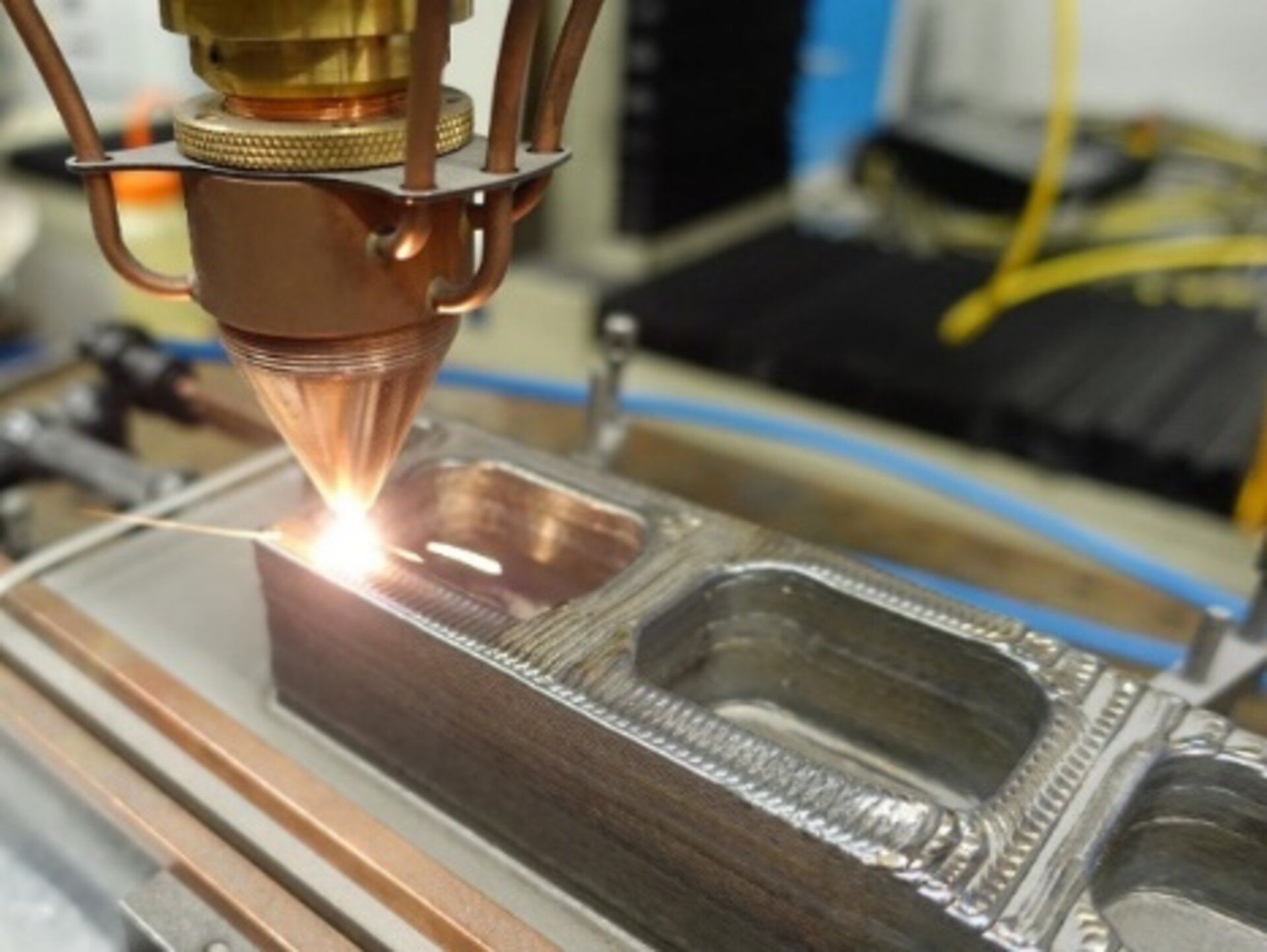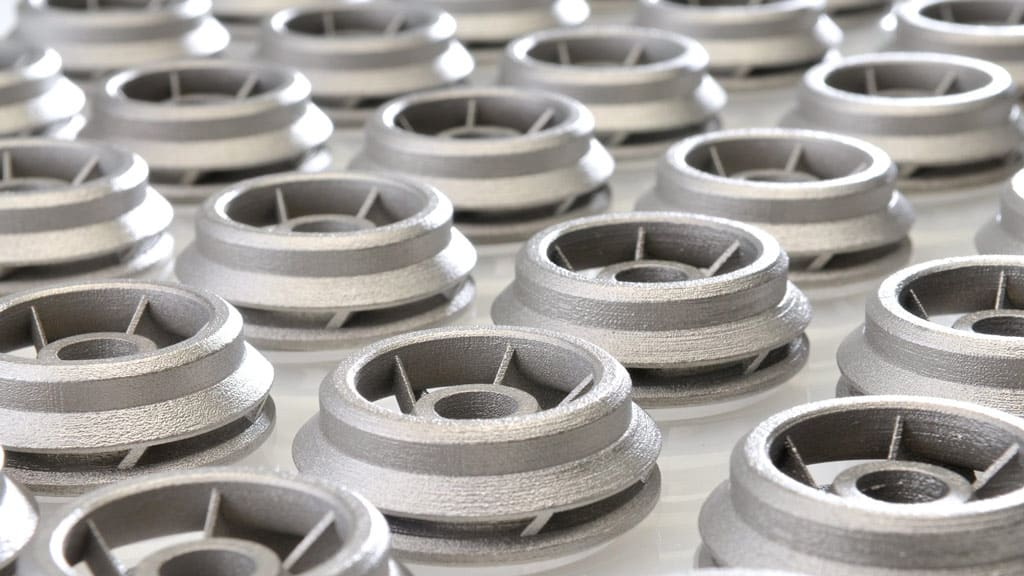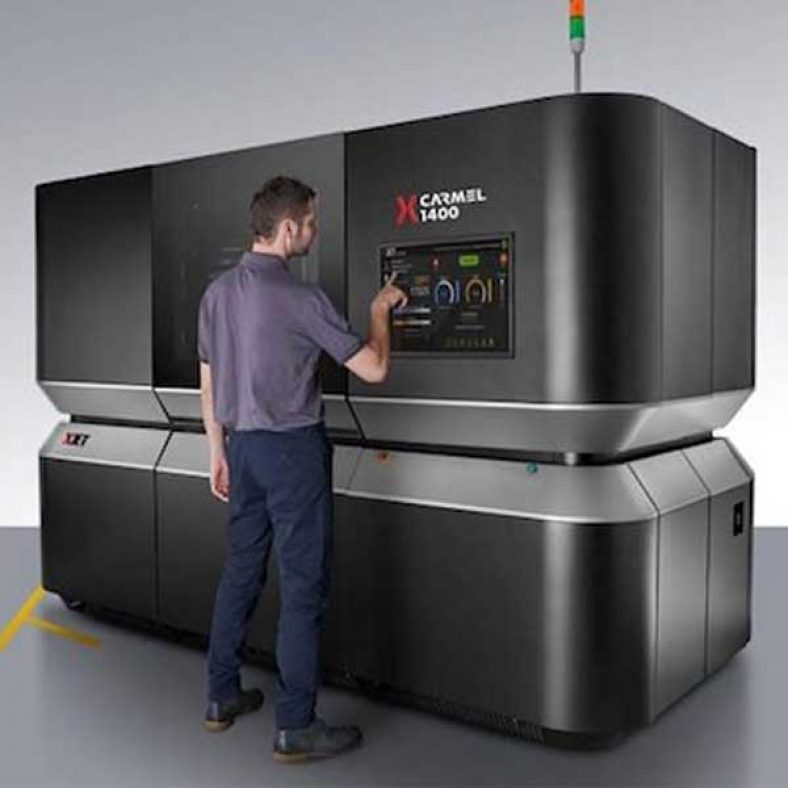3D printed liver tissue represents a revolutionary advancement in regenerative medicine, offering hope to countless patients awaiting liver transplants. This cutting-edge bioprinting technology, pioneered by Organovo in San Diego, has demonstrated remarkable efficacy in creating functional liver patches that can potentially extend patient lives. By utilizing complex human tissue printing techniques, Organovo’s 3D printed liver tissue has exhibited promising results when implanted in mice, signifying a leap towards human applications. As drug testing innovations continue to evolve, these liver patches are poised to become crucial liver transplant alternatives, streamlining preclinical testing processes that traditionally incur exorbitant costs and long timelines. With the future of organ replacement in focus, the potential for 3D printed liver tissue to mimic natural human biology shapes a new era in medical solutions and patient care.
The emergence of bioprinted liver constructs marks a significant paradigm shift in the field of tissue engineering and transplantation. These innovative human organ replicas not only promise to alleviate the shortage of available donor organs but also serve as vital tools for advanced pharmaceutical research. By adopting multiplex printing methods, a variety of cell types can be integrated into these artificial constructs, effectively simulating the functionality of natural liver tissues. As alternatives to traditional transplantation methods, these engineered liver systems facilitate breakthroughs in drug efficacy and safety assessments, paving the way for faster and more effective treatments. This growing emphasis on human tissue manufacturing illustrates a vigorous pursuit to enhance therapeutic options for those suffering from liver diseases.
The Future of 3D Printed Liver Tissue in Medical Science
In the evolving landscape of medical science, 3D printed liver tissue represents a significant advancement. Organovo, a pioneering company in the field of bioprinting, is at the forefront of this technology, developing liver patches that could potentially revolutionize the treatment of liver diseases. By creating bio-printed liver tissue, they offer a practical solution for patients awaiting liver transplants. Considered as one of the most impressive breakthroughs in regenerative medicine, these patches not only provide patients with a temporary fix but could also serve as a bridge to a full transplant.
These advancements come at a crucial time as the demand for organ transplants continues to outpace supply. Traditional methods for liver transplantation are fraught with challenges, including lengthy wait times and the risk of organ rejection. However, with innovations like 3D printed liver tissues, patients can have a viable alternative while they await a more permanent solution. This technology not only extends lifespan but also enhances the quality of life for many individuals with liver diseases.
The Role of Bioprinting Technology in Drug Development
Bioprinting technology has transformed the landscape of drug testing innovations, providing more accurate models for pharmaceutical companies. Organovo’s 3D printed liver tissues are being employed by major pharmaceutical companies to streamline the drug development process. Unlike traditional animal testing methods that often yield unreliable data, these bio-printed tissues mimic human liver functions more closely, thus allowing for more effective pre-clinical drug testing. As a result, drug developers can save significant time and resources while reducing the high costs typically associated with bringing new drugs to market.
Moreover, the incorporation of human tissue printing into drug research not only improves the reliability of testing but also fosters innovations in safety profiling. With approximately 90% of drugs failing to clear clinical trials, utilizing bioprinted liver tissues reduces this high attrition rate. By facilitating earlier and more accurate drug assessments, the bioprinting technology plays a vital role in enhancing therapeutic efficacy and safety, paving the way for new treatments that can dramatically alter the course of various diseases.
Organovo’s 3D Printed Liver Patches: A Game Changer in Liver Transplant Alternatives
The development of Organovo’s 3D printed liver patches signifies a potential game changer in the field of liver transplant alternatives. These patches are designed to sustain liver function and improve patient outcomes while they wait for a suitable donor organ. With the ability to produce functional liver tissue that can circulate blood, these patches offer patients a glimmer of hope in what is often a dire situation. This innovation not only has the potential to alleviate the burden on organ transplant lists but also to improve the lives of individuals suffering from acute liver failure.
Furthermore, the ability to customize these liver patches for individual patients presents an exciting new frontier in personalized medicine. By leveraging bioprinting technology, healthcare providers can create tailored solutions that cater to specific medical needs. This customization is an important aspect of advancing medical care, as it allows for treatment options that are more aligned with a patient’s unique physiology, ultimately enhancing the effectiveness of the intervention.
Innovative Drug Testing Innovations with Organovo’s Liver Tissues
Organovo’s commitment to innovation in drug testing is evident through its use of bioprinted liver tissues in pharmaceutical research. These tissue models replicate the complex environment of human livers, providing more accurate insights into drug interactions and metabolic responses. As researchers leverage this advanced bioprinting technology, they are paving the way for more effective drugs and reducing the time needed to move from laboratory testing to clinical application.
This approach not only accelerates drug development timelines but also enhances the safety and efficacy profiles of medications that reach the market. By replacing traditional testing methods that often rely on non-human systems, Organovo’s 3D printed liver tissues bridge the gap between laboratory experiments and real-world applications. As more pharmaceutical companies adopt these strategies, we can expect a notable shift in how new therapies are tested and validated for human use.
Vascular Structures in Bioprinting: The Key to Living Tissue Functionality
A major challenge in bioprinting has been the creation of vascular structures necessary for the longevity and functionality of printed tissues. Organovo’s 3D printed liver tissues not only incorporate liver cells but also include a sophisticated network of vascular cells designed to mimic blood flow. This level of detail is critical as it enables the living tissues to thrive post-transplant, thereby increasing their viability and effectiveness as a temporary solution for liver failure patients.
By employing a multi-cell layer structure that encompasses various cell types, Organovo’s bioprinted tissues ensure that oxygen, nutrients, and waste products are efficiently transported. This innovation marks a significant leap forward in bioprinting technology, allowing researchers to overcome one of the most significant challenges in tissue engineering. As developments continue, this capability could be further expanded to larger organ systems, revolutionizing the field of organ transplantation and regenerative medicine.
Clinical Trials on 3D Printed Liver Patches: A Path to Approval
Organovo is currently navigating the complex process of bringing 3D printed liver patches into clinical trials. These trials will not only assess their safety and efficacy but also help establish the regulatory pathways needed for eventual approval by the U.S. Food and Drug Administration. The goal is to demonstrate that these bioprinted tissues can replace or augment traditional transplantation methods, offering hope for patients suffering from severe liver injuries.
Through rigorous testing and data collection, Organovo aims to confirm that their liver patches can sustain liver function and improve patients’ lives while awaiting a full transplant. The success of these trials will be crucial for expanding the acceptance of bioprinting technology in clinical settings, possibly leading to other applications in regenerative medicine beyond liver patches.
Improving Patient Care with Bioprinted Liver Tissues
The integration of 3D printed liver tissues into patient care represents a paradigm shift in how we approach liver disease treatment. For patients facing the prospect of prolonged wait times for organ transplants, the availability of bioprinted tissues acts as an immediate solution that can stabilize their condition. This revolutionary approach not only extends patient lives but improves their quality of life by maintaining liver functionality.
Moreover, as healthcare professionals begin to adopt these bioprinted solutions, the potential for reduced hospital stays and associated healthcare costs increases. The implications for healthcare systems are massive, as fewer patients will require intensive care while waiting for transplants, thus freeing up vital resources and improving overall patient outcomes.
Collaborative Efforts in Research and Development of Bioprinted Tissues
The journey towards developing effective 3D printed tissues is a collaborative effort that encompasses various research institutions and biotech companies. Not only is Organovo leading the charge, but other entities, such as the University of San Diego and Harvard’s Wyss Institute, are also making significant contributions to the field. Through shared knowledge, innovative tools, and combined research efforts, the goal of producing functional, bioprinted organs becomes increasingly attainable.
These collaborative efforts are essential for addressing the complex challenges involved in bioprinting, such as replicating vascular systems and cellular interactions necessary for organ functionality. By leveraging the strengths of various teams, researchers are more likely to find solutions that can lead to rapid advancements in organ transplantation and drug testing, ultimately benefiting patients around the globe.
The Economic Impact of 3D Printed Liver Tissues on Healthcare Systems
As the market for therapeutic liver transplants expands, projected to exceed $3 billion in the U.S. alone, 3D printed liver tissues stand to have a significant economic impact on healthcare systems. By offering a solution that can reduce the number of wait-listed patients and streamline the drug testing process, these innovations could significantly lower healthcare costs associated with treating liver diseases.
Furthermore, as 3D printed tissues become more widely implemented, we can anticipate a decrease in the economic burden associated with organ failure treatment, hospitalizations, and traditional transplantation. This shift not only relieves the strain on healthcare budgets but also fosters an environment in which research and development can flourish, advancing the field of regenerative medicine.
Frequently Asked Questions
What are the benefits of 3D printed liver tissue in medical treatments?
3D printed liver tissue offers several benefits in medical treatments, including serving as liver transplant alternatives for patients awaiting transplants. Organovo’s bioprinting technology produces liver patches that can extend patients’ lives by improving liver function while they wait for a suitable donor organ. This innovative approach could reduce hospitalization times and provide a bridge to transplantation.
How does Organovo’s bioprinting technology work for creating liver patches?
Organovo’s bioprinting technology utilizes a specialized process to assemble tissues with multiple cell types, mimicking the functionality of human organs. In creating 3D printed liver tissue, the bioprinter stacks layers of human cells, including fibroblasts and endothelial cells, to form functional liver patches. These patches are engineered to integrate with the host’s vascular system, ensuring they receive necessary blood flow.
What are liver transplant alternatives using 3D printed liver tissue?
Liver transplant alternatives using 3D printed liver tissue include the use of Organovo’s bioprinted liver patches. These patches are designed to support patients with acute liver conditions and can prolong their survival while they await a transplant, effectively reducing the urgency for donor organs by temporarily restoring liver functionality.
How does 3D printed liver tissue improve drug testing innovations?
3D printed liver tissue significantly improves drug testing innovations by providing a more accurate model for drug metabolism and safety. Unlike traditional methods that rely on animal testing or 2D cell cultures, Organovo’s liver patches mimic the liver’s complex biological structures, enabling pharmaceutical companies to test drug effects more reliably and efficiently, thus reducing the high costs and lengthy timelines associated with drug development.
In what ways is human tissue printing advancing liver research?
Human tissue printing is advancing liver research by enabling the creation of complex 3D printed liver tissue models that can replicate human liver functions. This breakthrough allows researchers to investigate liver diseases, test new drugs, and ultimately develop better treatment options, paving the way for future innovations in liver health and transplantation.
What is the role of vascularization in the effectiveness of 3D printed liver patches?
Vascularization is critical in the effectiveness of 3D printed liver patches because it allows for the transportation of oxygen and nutrients to the living cells within the tissue. Organovo’s bioprinted liver tissue includes a vascular network that helps sustain cell viability after implantation, which is essential for the patches to function effectively and support patients’ liver health.
What are the challenges in creating 3D printed liver tissue?
One of the main challenges in creating 3D printed liver tissue is developing a functional vascular system that can support the cells with oxygen and nutrients. Additionally, ensuring the longevity and integration of the printed tissue within the human body poses technical hurdles that researchers like those at Organovo are actively addressing.
How can Organovo’s ExVive 3D bioprinted human liver and kidney tissues impact drug safety?
Organovo’s ExVive 3D bioprinted human liver and kidney tissues can enhance drug safety assessments by providing more relevant human-like tissue models. This allows pharmaceutical companies to observe the effects of drugs on human liver metabolism and kidney functions in preclinical environments, leading to safer and more effective therapeutic outcomes.
| Key Aspect | Details |
|---|---|
| 3D Printed Liver Tissue | Organovo is working on creating liver tissue patches using 3D printing technology. |
| Size and Functionality | The patches are about the size of a dollar bill and have shown functionality in mice after implantation. |
| Market Potential | The market for therapeutic liver transplants exceeds $3 billion in the U.S. |
| Drug Testing Advantages | 3D printed tissues speed up drug testing processes, reducing costs and failures in clinical trials. |
| Vascular System Development | Creating blood vessel networks within the printed tissue is crucial for sustaining living cells. |
| Clinical Trials | Organovo aims to initiate human trials for liver patches by 2020. |
Summary
3D printed liver tissue represents a groundbreaking development in transplant medicine. With the ability to create functional liver patches that mimic human liver behavior, Organovo is paving the way for innovative therapies that can greatly benefit patients awaiting liver transplants. These patches not only have the potential to sustain lives for years but also to transform the traditional drug testing landscape by significantly reducing costs and enhancing efficiency. As further advancements are made, the future of 3D printed liver tissue could lead to incredible breakthroughs in regenerative medicine and save countless lives.


